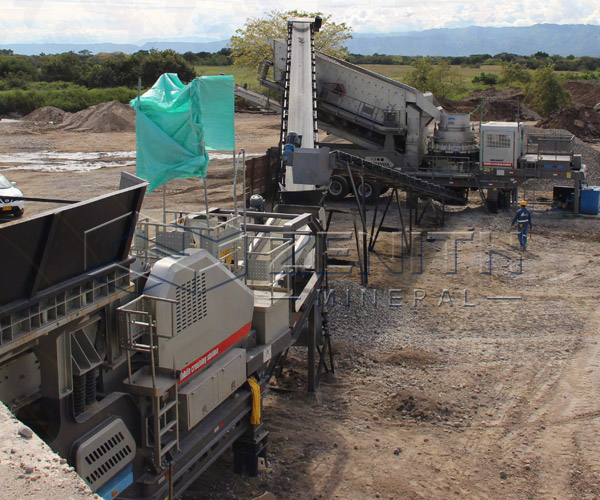
The design of a 200 TPH river pebble crushing plant must balance between capacity, efficiency, and cost. By selecting the right equipment, ensuring proper layout, and integrating modern control systems, such a plant can operate effectively while meeting environmental and safety standards.
24 Online Service
River pebbles, known for their durability and resistance to abrasion, are ideal aggregates for construction materials. A 200 TPH (tons per hour) river pebble crushing plant is designed to process these pebbles into various sizes of aggregates that meet construction standards.
The primary goal of this plant design is to achieve a processing capacity of 200 tons per hour while maintaining high efficiency. The design must account for the hardness of river pebbles, which requires robust machinery to ensure continuous operation with minimal downtime.
The layout should facilitate smooth material flow from the feeding point through different stages of crushing to the final product stockpile. Considerations include space for machinery, buffer zones for maintenance, and pathways for material transport.
The jaw crusher serves as the first stage, breaking down large river pebbles into manageable sizes. Its robust design ensures it can handle the hard and abrasive nature of river pebbles.
Choosing between an impact or cone crusher depends on the desired shape of the aggregate and the need for higher compressive strength. Cone crushers are generally preferred for their uniform product size and lower operational costs in long term.
The screen separates the crushed material into different sizes, feeding back oversized materials to the crusher or sorting them into final product bins.
Vibrating Feeder: GZD1100×4200 for primary feeding
Belt Conveyors: Multiple units with capacities ranging from 100 to 300 TPH, depending on the section of the plant they serve.
These systems ensure a consistent feed to the crushers and efficient transfer of materials between stages, reducing wear and tear on the machinery and improving overall throughput.
Total Power Requirement: Approximately 400 kW, depending on equipment efficiency and load factor.
Control System: PLC-based with touch screen interface for monitoring and control, ensuring safety, efficiency, and ease of operation.
Dust Collectors: Installed at key points like crushers, screens, and transfer points to minimize dust pollution.
Noise Reduction:
Enclosures and Silencers: For crushers and screens, reducing occupational noise exposure.
Emergency Stops: Strategically placed across the plant.
Guards and Interlocks: On all moving parts to prevent accidents.
Scheduled checks on bearings, belts, and wear parts of crushers and screens to ensure longevity and performance.
Implementing a shift system to allow for continuous operation, with maintenance slots integrated into the schedule.
Our Projects
Copyright © ZENITH, All Right Reserved.
